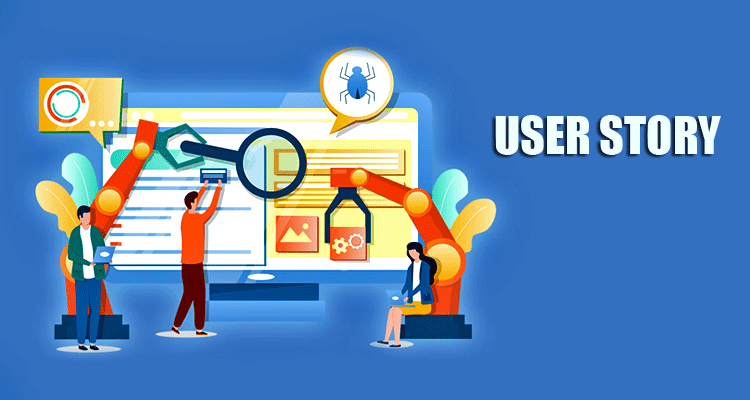USER STORY

In software development and product management, a user story is an informal, natural language description of one or more features of a software system. It is the exact copy of user needs. It should be simple and easy to understand document.
A good user story should be – INVEST:
- Independent: Must be understandable and identifiable does not depend one another.
- Negotiable: It captures important thinks, at the end of communication. Does not make as a contract.
- Valuable: Provide values to stake holders
- Estimable: It must be estimable so prioritization done properly and fit to sprint.
- Small: it is small chunks. So it can complete 3-4 days.
- Testable: It has to be testable

User Story Template
User stories only capture the essential elements of a requirement:
- Who it is for?
- What it expects from the system?
- Why it is important (optional?)?
Here is a simple format of user story used by 70% of practitioners:

More Focus On..
Highest Value Delivery:
It offers valuable product to the customer. It provides the priority for customer immediate needs.
Brings User Closer:
In agile software development methodology the team always interacts with end users regularly. So they can discuss project details at the presence of end users.
Building Blocks of the Product:
Software product builds incrementally. So we can adjust rapidly into new direction. User story allows quick implementation and faster feedback.
User Story Examples:
- As a [customer], I want [shopping cart feature] so that [I can easily purchase items online].
The Pros of using user stories:
- unification of the vision and communication, language between a client and a team
- prioritizing functions
- maximization of usability
- boosting the creativity level through cooperation
- facilitating time estimation of particular iterations
Cons of using user stories:
- complications in the description of purely systemic tasks, Eg: bugs, spikes
- discrepancy in the approach to the functioning of a given story between a client and a developer team
- lack of information concerning the method of development and design interface – differences between developers
- focusing on business functionalities and missing the technical ones, Eg:. Server’s efficiency
- losing control of the whole vision resulting from functionality fragmentation

